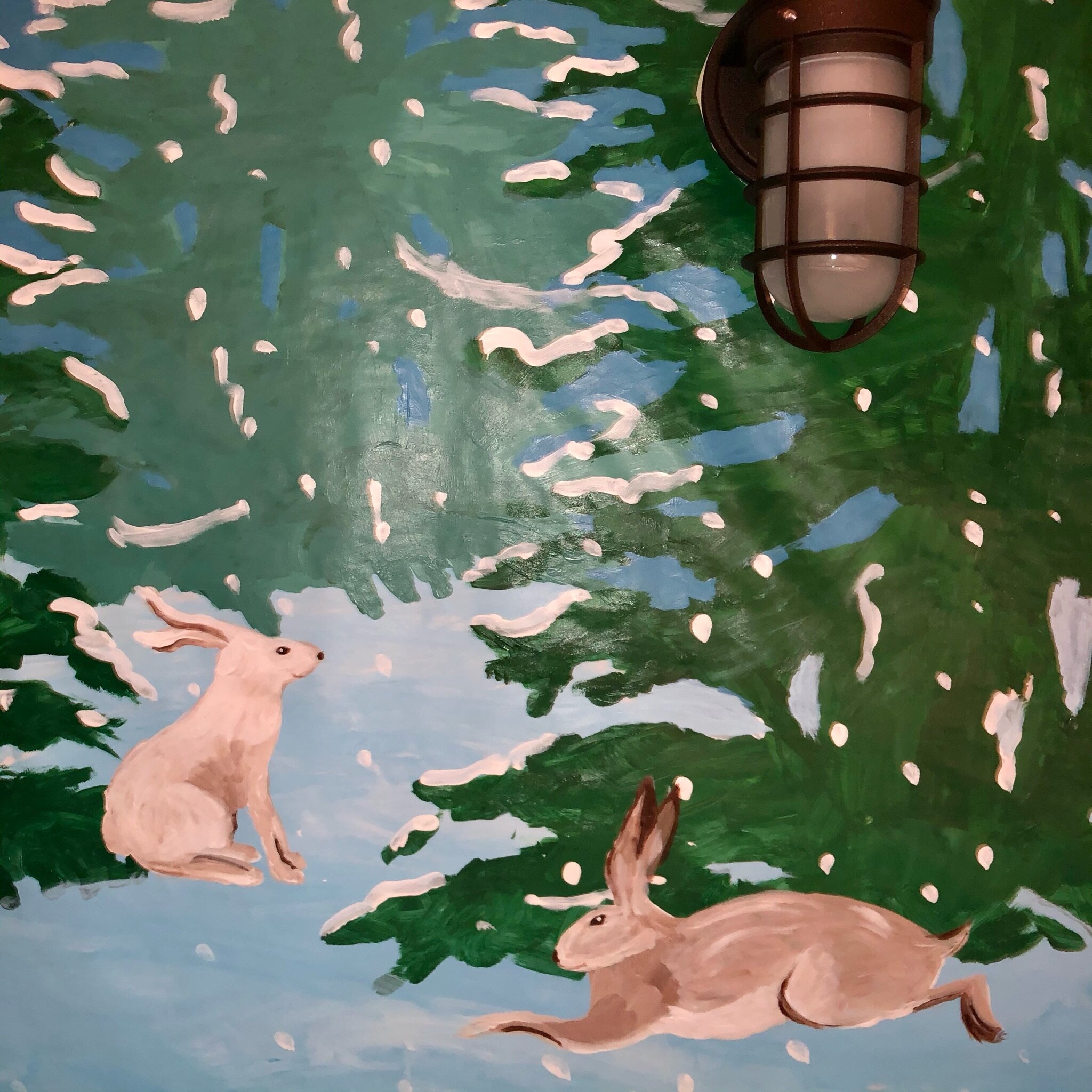Homage to Lost Nation
A series by Cathy Brooks-Fincher Art
For as long as I can remember, I have been fascinated by the weather and its pervasive effects, both micro and macro, on our everyday life. From determining what we wear and how we feel to causing devastating destruction of entire places we call home, weather events such as tornadoes and hurricanes make, and sometimes leave, their marks.
As a child, I sat mesmerized by the dust motes floating through the shimmering sunlight streaming through my bedroom windows. In the winter, those old windows glistened with crystalized ice, sending me to hover over the heat vent, my legs tucked in my nightgown, to ward off the northern Ohio chill. Winters were long and often harsh with the lake-effect snow dumping a fresh load as soon as anyone had shoveled their car out of the driveway. When we finally grew too weary to shovel, we’d gather at the lake with friends, daring each other to walk out onto frozen Lake Erie. This was the fun we made waiting for spring, which we’d know had finally arrived by the sounds of small aircraft in and out of Lost Nation Airport.
Growing up poor and being raised by a single parent gave me a lot of autonomy that often led to trouble. One sunny spring day, I cut school and walked to the airport with my besties. There, we convinced a pilot to take us up in one of those planes we eagerly awaited every winter, paying him with my paper route earnings. In the air, seeing the beautiful, green patches neatly divided into grids and lined by the endless blue lake and sky made our hard and often depressing routines of daily life fade away in a tangible way dreams of flying couldn’t.
A year ago, I was fortunate to take a cold wax class from the inspiring Rachael McCampbell. As we explored the medium, I created a crude aerial landscape, entitled “Aloft,” quite unconsciously. My series, “Homage to Lost Nation,” is a conscious and researched outgrowth of that piece.
Lost Nation is not only the depressing name for a road travelled daily in my childhood but also serves as a reference to the Erie Indians who once inhabited that rich farmland. While the Indians have vanished, their legacy has much to teach us about sustainable living lost with the dawning of the Anthropocene. “Homage to Lost Nation” is an exploration of Native American history and how its lessons can inform our efforts to address climate change. Native Americans practiced conservation, lived in harmony with nature, and valued happiness and family over success and individualism. Carving grids out of wax helps me connect to the untarnished wilderness that is shrinking from the demands of our lifestyle. Using recovered arrowheads to create linear, emblematic drawings shows my appreciation for Native American heritage.
Most importantly, I want to give viewers a vehicle to detach from our earthly footings and move toward a higher consciousness where we can examine our relationship with Mother Earth. The sculpted clouds create a shift in perspective necessary to examine personal bias, a precursor to behavior change. My hope is that all who see my work give pause to consider our personal responsibility in honoring and sustaining the Earth for future generations like the Indians would have wanted.






















